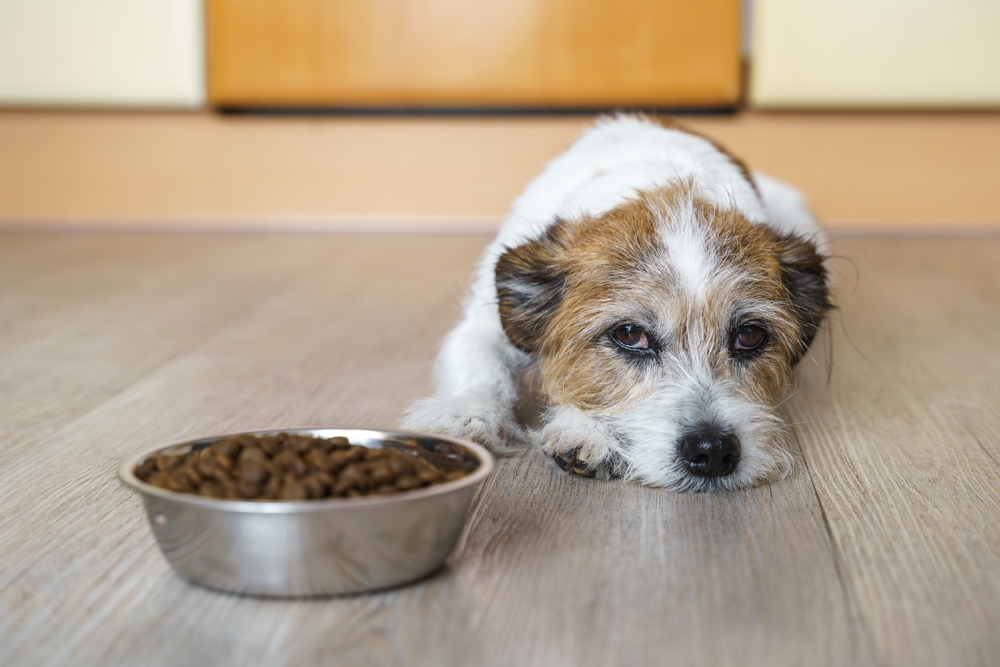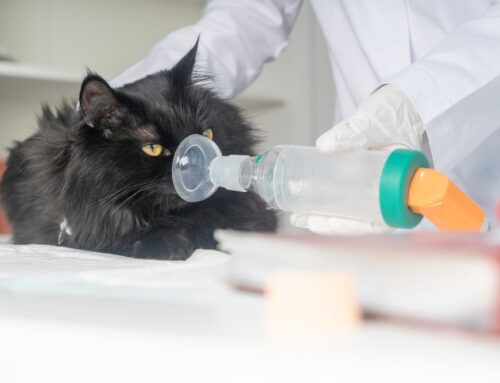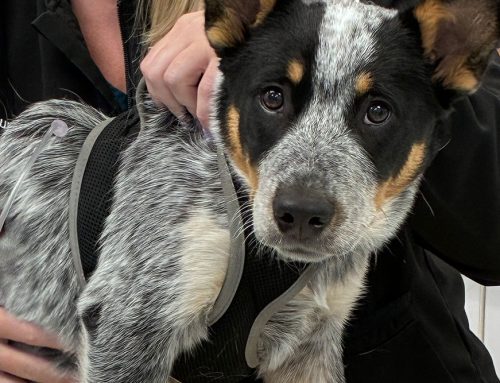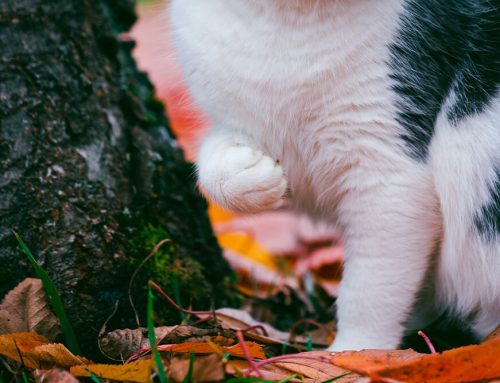Your pet is a cherished family member, and thinking they could be in pain breaks your heart. Unlike people, pets cannot verbally express their discomfort, so it falls to their caregivers to recognize the subtle signs that indicate distress. Understanding these signs is crucial for timely and effective intervention for your furry friend, so our Animal Urgent Care of Oconomowoc team provides key indicators that your pet could be in pain or discomfort.
1. Your pet’s behavior has changed
A change in your pet’s usual behavior is one of the first signs that they may be in pain. This can include:
- Increased aggression or irritability — A pet in pain may growl, snap, or bite more frequently.
- Lethargy or depression — Your pet may appear more tired than usual and show little interest in activities they once enjoyed.
- Avoidance — Your pet may hide or avoid interaction with family members.
- Clinginess — Some pets become clingy when they are unwell or in pain and follow their owners around or stay by their sides.
2. Your pet has altered eating and drinking habits
Pain can affect your pet’s appetite and drinking habits. Loss of appetite indicates pain, particularly if your pet refuses to eat or drink, which can lead to dehydration or malnutrition. Dental pain can contribute to inappetence, because chewing food may be uncomfortable.
3. Your pet is vocalizing
While some painful pets may become more vocal, others may become unusually quiet. Pets in discomfort may whine, yowl, howl, or whimper, or may consistently bark, meow, or stop making normal sounds. Any deviation from your pet’s standard vocal patterns should be noted and discussed with our veterinarian.
4. Your pet’s physical health has changed
Visible changes in your pet’s physical condition can also signal pain. Such changes may include:
- Limping or lameness — Sudden limping often indicates leg, hips, or back pain.
- Swelling or inflammation — Look for swollen areas in your pet, especially around joints or injury sites, which can indicate infection or inflammation.
- Changes in posture — A hunched back, reluctance to move, or lying in an unusual position can indicate pain.
- Wincing — If your pet winces when you touch a specific body region, that area may be painful.
- Favoring one side — Your pet who is uncomfortable may favor one side, such as avoiding pressure on one leg or chewing on one side only.
5. Your pet is self-grooming more or less often
Alterations in grooming habits can be a red flag. These include:
- Excessive licking or biting — Pets often lick or bite at hurt areas.
- Lack of grooming — Cats, in particular, may stop grooming themselves if they are in pain.
6. Your pet’s breathing is labored or shallow
Any respiratory changes in your pet should be treated as an emergency, particularly if they’re struggling to breathe. The following breathing patterns can change when a pet is in pain:
- Panting — This is more common in dogs, but can also occur in cats in pain.
- Labored breathing — Intermittent gasps, pants, or odd noises while breathing can be caused by pain but also can indicate other veterinary emergencies, such as poisoning or obstruction.
- Shallow breathing — Pets in pain may take short, shallow breaths.
7. Your pet is restless

When a pet hurts, they often cannot be comforted and keep wandering. They can become confused, disoriented, and restless, as if attempting to escape their pain. If your pet appears disoriented, cannot lie down, or has trouble sleeping, their pain may have worsened and these severe signs indicate that your pet’s quality of life is significantly diminished.
Recognizing the signs that your pet is in pain can be critical, and you should always call our Animal Urgent Care of Oconomowoc team for professional advice and pain treatment options for your pet. Your attentive care and our veterinary expertise can make all the difference in your pet’s quality of life.







Leave A Comment